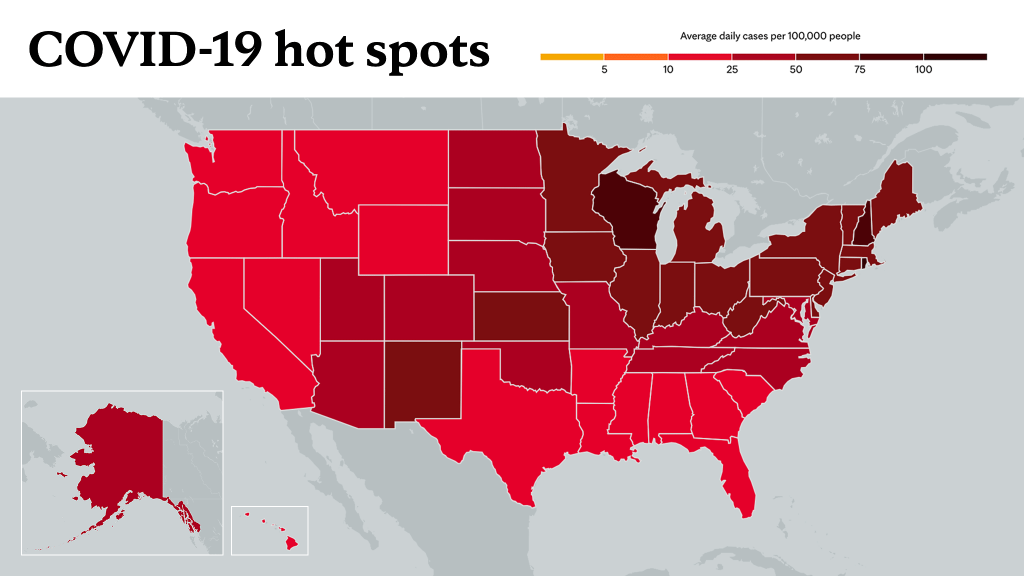-
COVID-19
Why some intubated COVID-19 patients may need tracheal reconstruction surgery

One of the long-term impacts observed during the COVID-19 pandemic stems from patients being intubated and breathing from a ventilator for an extended period of time. These patients usually undergo a procedure known as a tracheostomy.
The trachea, also known as the windpipe, allows air to pass between the upper respiratory tract and the lungs. In cases of respiratory failure, prolonged intubation and tracheostomy can lead to a rare complication of a narrowing of the trachea, called tracheal stenosis.
"We've seen so many people with respiratory failure after COVID-19," says Dr. Ian Makey, a cardiothoracic surgeon at Mayo Clinic. "Whether from prolonged intubation or from tracheostomy, scarring can occur, and patients can develop tracheal stenosis.
Journalists: Broadcast-quality video is in the downloads at the end of this post. Please courtesy: "Mayo Clinic News Network."
Dr. Makey says patients with tracheal stenosis may be candidates for tracheal resection and reconstruction surgery. The surgery involves removing a damaged section of trachea and rejoining two healthy ends. Dr. Makey explains the surgery takes several hours and requires continuous ventilation.
"We've been seeing quite a few of these cases after COVID-19 diagnoses," says Dr. Makey.
Recovery from tracheal resection and reconstruction varies by patient, but Dr. Makey says patients are typically released from the hospital within five days. For the first few weeks after surgery, the patient should keep the neck in a flexed position to allow the trachea to heal without tension. However, breathing is restored right away.
"Getting back to a normal life without being short of breath or having labored breathing with everyday activities is a good thing," says Dr. Makey.
Tracheal resection and reconstruction is not required for every patient. Rather, Dr. Makey says this surgery is recommended after options are exhausted by a multidisciplinary care team.
Related stories:
For the safety of its patients, staff and visitors, Mayo Clinic has strict masking policies in place. Anyone shown without a mask was recorded prior to COVID-19 or recorded in an area not designated for patient care, where social distancing and other safety protocols were followed.
For more information and all your COVID-19 coverage, go to the Mayo Clinic News Network and mayoclinic.org.
Learn more about tracking COVID-19 and COVID-19 trends.








